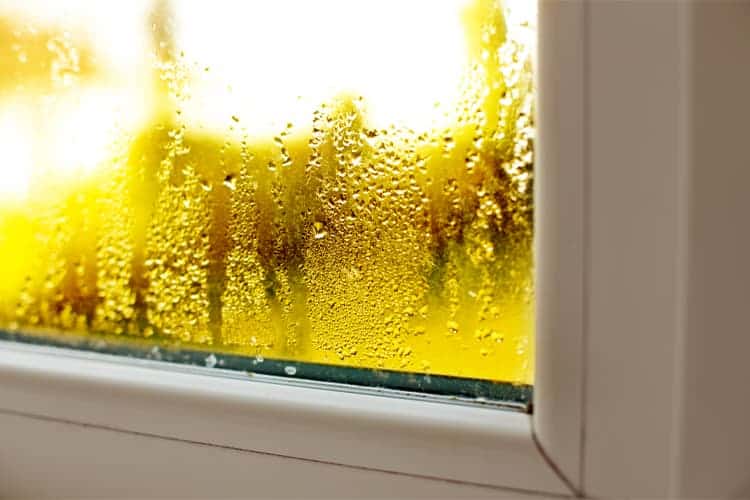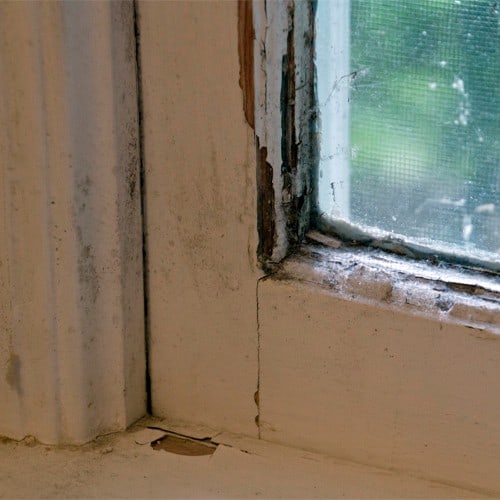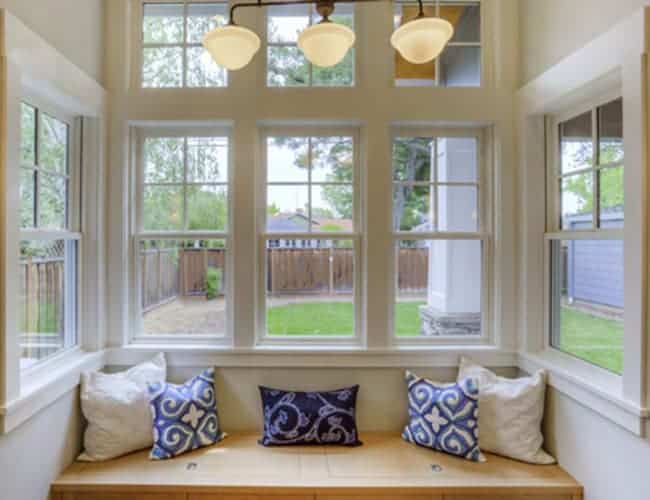Are Your Windows Going Bad?

Do you find yourself layered in extra clothing in the house even though the furnace is cranked high? Are you still sweating bullets although the AC is on full blast? If so, the problem might not be the HVAC unit. The problem could be your windows.
Here are a few tips for evaluating your windows to determine if it is time to contact a residential roofing company that also specializes in window replacement.
How Long Should Windows Last?
Residential windows should last 15 to 20 years. Of course, the actual lifespan depends on a variety of factors. Weather, proper operation, quality of the installation, and defects affect the longevity of windows.
You can increase their lifespan by following a few simple tips:
Inspect and Repair Issues Immediately
Awareness is key to increasing the longevity of your windows. Inspect your windows monthly. Doing so allows you to spot problems early and address them before they become major issues.
Regular Cleaning
You’ll need to clean more than just the panes to keep your windows in top shape. Use a dry cloth to remove any loose dirt around the frame. Next, lift the window and clean the inside of the frame with a bit of warm soapy water. Keeping the frame free of dirt and debris ensures the springs continue to glide smoothly.
Recaulk As Needed
Caulking helps to seal out air and moisture. Apply caulk around the edges of the frame.
Signs Your Windows Are Going Bad
If your windows are reaching the end of their lifespan, you’ll notice a few clues. Some of these clues are obvious. Some of them, however, could be mistaken for mere annoyances that you may be tempted to ignore.
Here’s how you can tell if you are dealing with a simple repair issue or if it is time to replace your windows.
Your Energy Bills are On the Rise
If your latest energy bill gave you sticker shock, it might be time to investigate the source of the problem. Your windows are designed to maintain the desired temperature in your home. When your windows fail, the HVAC unit must overcompensate to maintain the desired comfort level. With the HVAC working on overdrive, you may find your energy bill on the rise each month.
The Frames are Decayed
It isn’t just your windows that take a daily beating from the weather. The frames can expand and warp due to high heat. Additionally, wooden frames are susceptible to rot from excessive water damage. The best way to tell if you have a problem is to inspect the frame visually.
You Need to Force the Window Open or Closed
Opening or closing your windows should not be a back-breaking effort. They should open and close with relative ease.
There are many reasons why you may have difficulty opening your windows. One of the more common causes is a buildup of dirt or debris. You can usually solve this problem by cleaning the dirt from the frame and applying lubricant. Broken springs are another culprit of this problem. Try replacing the springs to see if this resolves the issue. Sometimes there could be loose or stripped screws causing the problem. Check all screws in the window frame and replace worn screws as necessary.
If correcting those items does not resolve the issue, you may want to consider replacing the window.

Excessive Outside Noise
Your windows should provide a level of sound protection from outside noise, which is especially important if you live in a high traffic area. If you are bothered by outside noises more often than usual, it may be time to replace your windows.
Condensation
Condensation is when beads of water or ice forms on the inside of your window panes. You may consider it a mere nuisance, but condensation can cause severe damage to your home. The excess water can rot the wood and damage the drywall. It can also lead to mold and mildew.
It’s Drafty In Your Home
A drafty window lets outside air into the home. This problem is usually easy to spot, especially in the winter. You may notice rooms are colder even though you’ve turned up the furnace. You can check for this using the candle method. Stand next to a window and light a candle. Hold the candle near the edges of the frame. If the flame flickers, chances are you’ve got a drafty window.
Time for an Upgrade? The Benefits of Energy-Efficient Windows
If you are worried about the cost to replace your windows, the benefits more than outweigh the upfront investment. Window replacement and residential roofing companies note the following benefits of energy-efficient windows:
Saves Money
With energy-efficient windows, your HVAC unit won’t need to work as hard to maintain a constant temperature. As a result, you’ll save on your energy bills.
Safer for The Environment
When your HVAC unit works more efficiently, you’ll use less energy. Using less energy reduces gas emissions that are harmful to the environment.
Improved Comfort
Imagine being able to enjoy your home without temperature fluctuations. With energy-efficient windows, your home will stay warm in the winter and cool in the summer.
Protects Your Personal Belongings
Traditional windows allow in harsh UV rays that can cause furniture, paint and carpet to fade. Energy-efficient windows are made with a protective UV coating that minimizes the UV rays coming into the room.
Quieter
The noise from sirens, traffic, your neighbors and dogs are a thing of the past with your new investment. Outside noises stay right where they belong; outdoors.
How to Select New Windows
If you’ve determined its time to upgrade, there are several options to consider. You’ll want to understand each option to ensure you select something that provides the right balance between aesthetics, lifespan and energy efficiency.
The Frame
Selecting the right frame depends on a variety of factors beyond aesthetics. Climate, energy efficiency and longevity all play a factor. Wood windows are a popular choice because they have the best insulating qualities. However, wood is susceptible to water damage and rot.
Vinyl is a budget-friendly option that offers excellent insulating qualities. The downside to vinyl is that they come in limited color choices.
Due to their strength, aluminum windows are ideal in areas prone to high winds and rain. While they don’t offer the best energy-efficiency, they do meet building code requirements in hurricane-prone regions.

“Selecting the right frame depends on a variety of factors beyond aesthetics. Climate, energy efficiency and longevity all play a factor.”
The Glass
Glass options are just as important as frames when evaluating your options. There are many choices, including double-paned, triple-paned and gas-filled options. It may be tempting to believe that triple-paned windows offer the best insulating quality. However, they are not as efficient as some other options, and they also affect visibility. The best option is a double-paned Low-E, argon-filled option.
What exactly does that mean? Argon is a gas that is a much better insulator than air. Manufacturers fill the space between two panes of glass to help increase efficiency. Low-E refers to low emittance. A Low-E glass minimizes the number of UV rays that pass through the window.
Design
Design refers to how the windows are installed in the frame. Picture windows don’t open. They are designed primarily for aesthetics and to capitalize on the view outside the home.
Double-hung windows are the most popular option. They lift open from the bottom of the unit and operate on springs on rollers for operation.
A casement window uses a crank to open outwards. This option is ideal in climates prone to high winds as they self-seal as the wind blows against the window.
